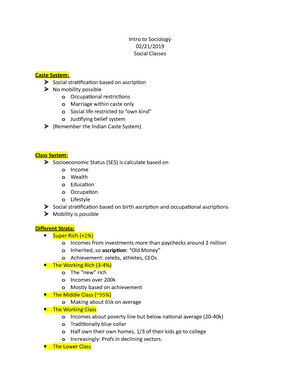
Mediated matchmaking is certainly not a new phenomenon: Newspaper personal advertisements have existed since the mid-19th century ( Schaefer, 2003) and video dating was popular in the 1980s ( Woll & Cosby, 1987 Woll & Young, 1989). Ubiquitous access to the Internet, the diminished social stigma associated with online dating, and the affordable cost of Internet matchmaking services contribute to the increasingly common perception that online dating is a viable, efficient way to meet dating or long-term relationship partners ( St. In fact, the online personals category is one of the most lucrative forms of paid content on the web in the United States ( Egan, 2003) and the online dating market is expected to reach $642 million in 2008 ( Greenspan, 2003). In 2003, at least 29 million Americans (two out of five singles) used an online dating service ( Gershberg, 2004) in 2004, on average, there were 40 million unique visitors to online dating sites each month in the U.S. In recent years, the use of online dating or online personals services has evolved from a marginal to a mainstream social practice. Although previous research has explored relationship development and self-presentation online ( Bargh, McKenna, & Fitzsimons, 2002 McLaughlin, Osbourne, & Ellison, 1997 Parks & Floyd, 1996 Roberts & Parks, 1999 Utz, 2000), the online dating forum is qualitatively different from many other online settings due to the anticipation of face-to-face interaction inherent in this context ( Gibbs, Ellison, & Heino, 2006) and the fact that social practices are still nascent. Mixed-mode relationships, wherein people first meet online and then move offline, challenge established theories that focus on exclusively online relationships and provide opportunities for new theory development ( Walther & Parks, 2002). The online dating arena represents an opportunity to document changing cultural norms surrounding technology-mediated relationship formation and to gain insight into important aspects of online behavior, such as impression formation and self-presentation strategies. These interactions catch the attention of an interactionist and through these interactions, Goffman and other sociologists learn why people behave as they do in given situations." () Goffman argues that impression management can be used to understand social behavior in that we are constantly trying to persuade other people of our definition of a social situation.Įxample: "If, for example, you are buying a stereo, the salesperson is attempting to construct a definition of the situation that will suggest that you need to have this high end and pricier product because you are a discerning individual with good tastes, while you are trying to construct a definition which suggests that while you appreciate good music, you also have financial. Some examples of everyday interaction would be meeting various people in the grocery store, workers interacting on the job, meetings of a small group (such as a PTA), or children playing in a park. "Goffman was a sociologist who viewed society through the symbolic interaction perspective this perspective looks at the everyday behavior and interactions between people to help explain society. What impact, if any, has access to new technology (email, cell phones, etc.) had on the socialization process? How has it impact you? Please explain. Which do you think has the greatest impact, why?Ĥ. What are the significant forces in childhood socialization? Please include how gender, school, parenting and television impact childhood socialization.

How do college students use impression management after examinations?ģ.

Define and offer an example you have observed of impression management and facework. How can Erving Goffman's conceptualization of impression management be used to understand social behavior? Give a detailed example.Ģ. This content was COPIED from - View the original, and get the already-completed solution here!ġ. Not what you're looking for? Search our solutions OR ask your own Custom question.


 0 kommentar(er)
0 kommentar(er)
